
12 Best Lunch Spots In Napa
Best Lunch In Napa – Our 12 Favorite Spots! Lunch is a must when you’re out wine tasting! Whether you’re in the mood for a
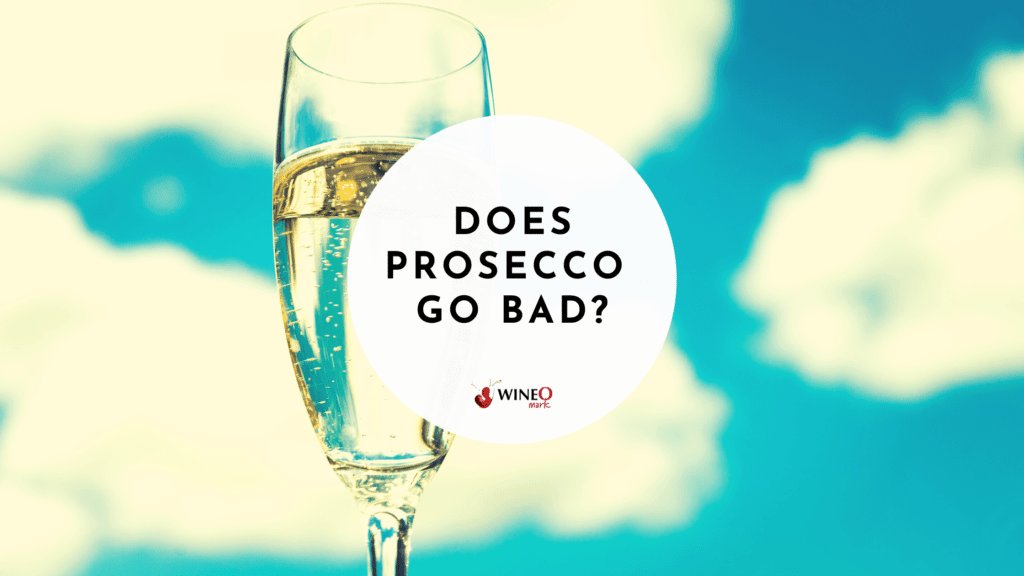
Quick Answer: The short answer is YES, Prosecco can go bad, but how long it takes to go bad depends on how it's stored and handled.
Prosecco is a popular sparkling wine that has gained a lot of popularity in recent years. Because it’s an affordable and refreshing option for a great tasting sparkling wine. But like any other wine, people often wonder does Prosecco go bad?
Prosecco is made using the Charmat method. This involves fermenting the wine in a pressurized tank. Then bottling it under pressure to maintain its carbonation. And this process means that it has a shorter shelf life compared to other wines. And that it’s important to consume it within a specific time frame.
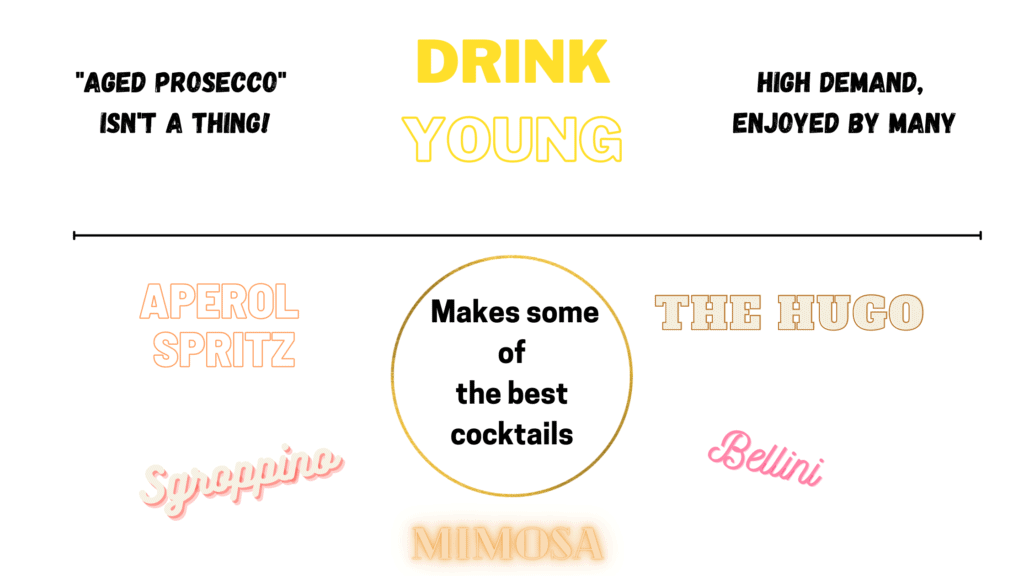
One of the main factors that affect Prosecco’s quality and taste is oxidation. When the wine is exposed to air, it starts to oxidize, which can cause it to lose its carbonation, flavor, and aroma. This process occurs faster when the wine is exposed to air. To prevent oxidation, it’s essential to reseal the bottle tightly (best with a Champagne stopper). Then store it in the refrigerator.
Another factor that can affect the quality is temperature. If the wine is stored in a warm place, it can cause it to spoil faster, and the carbonation may dissipate. It’s best to store at a consistent temperature between 40 and 50 degrees Fahrenheit to maintain its freshness.
It’s also worth noting that some producers add preservatives, such as sulfites, to their Prosecco to extend its shelf life.
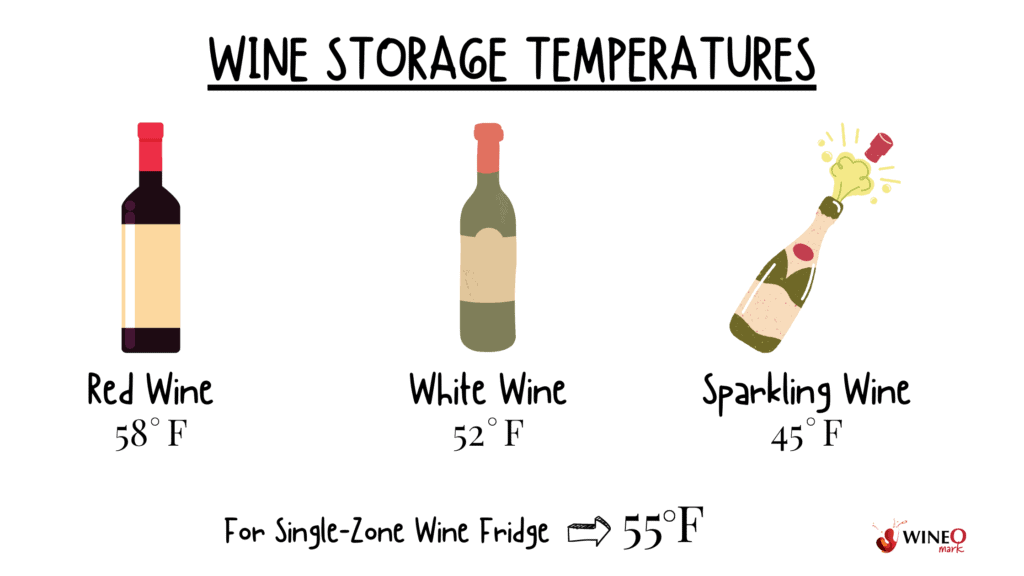
As mentioned above, it should be stored in a cool, dark, and dry place, away from sunlight and temperature fluctuations. Because the exposure to light, heat, and fluctuations in temperature can cause the wine to spoil faster and lose its flavor and carbonation.
Ideally, you should store the bottle of Prosecco horizontally in a wine cellar, wine fridge, a dark cupboard, or a cool basement. And try to keep a consistent temperature between 40 and 50 degrees Fahrenheit to maintain the freshness.
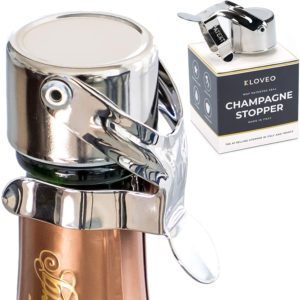

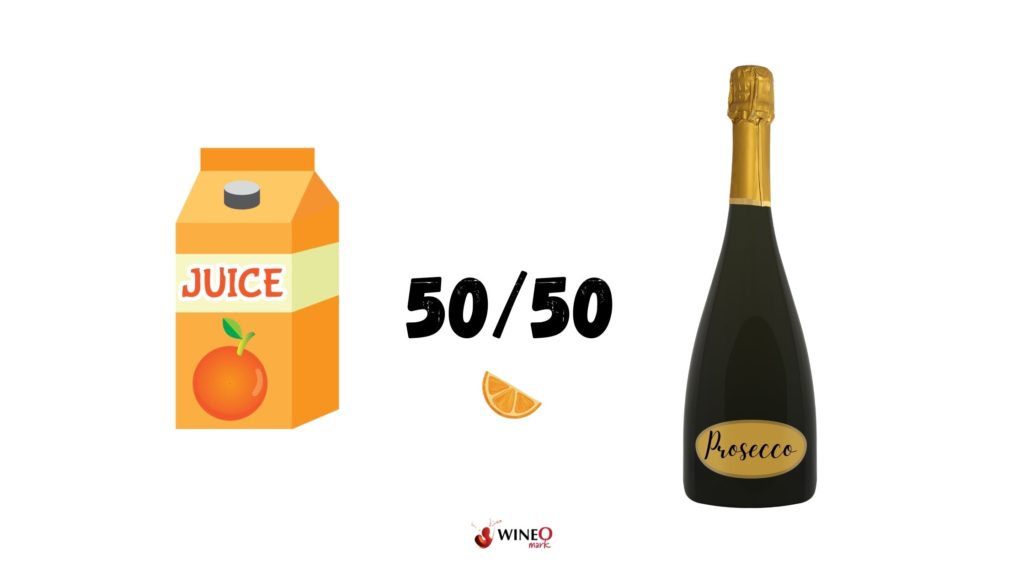
If you have some leftover Prosecco, there are a few ways to use it:

Prosecco is a type of sparkling wine that is meant to be consumed young, and it’s not known, like Champagne, to get better with age like some other wines. In fact, Prosecco is best enjoyed within a year or two of its release to ensure its freshness, flavor, and effervescence.
Unlike some other types of wines, its not aged in oak barrels. And this aging process can improve the wine’s complexity, depth, and structure over time. Instead, its made using the Charmat method.
As a result, Prosecco is meant to be consumed young and is not suitable for long-term aging. Aging Prosecco can cause it to lose its effervescence and become flat, resulting in a less enjoyable drinking experience.

Best Lunch In Napa – Our 12 Favorite Spots! Lunch is a must when you’re out wine tasting! Whether you’re in the mood for a

North Coast Wine Co. Outerbound Pinot Noir – WineO Mark Review Wine Stats Grape Variety: 100% Pinot Noir Vintage: 2019 ABV: 14% Wine Region: North Coast,
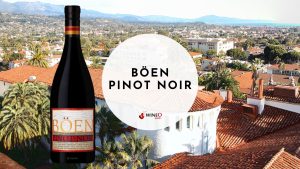
Böen Pinot Noir – WineO Mark Review Wine Stats Grape Variety: 100% Pinot Noir Vintage: 2021 ABV: 14.6% Wine Region: California Flavor Profile: Cherry, raspberry, blackberry,

Merry Edwards Sauvignon Blanc – WineO Mark Review Wine Stats Grape Variety: 100% Sauvignon Blanc Vintage: 2022 ABV: 14% Wine Region: Russian River Valley, California

The Hess Collection Allomi Chardonnay – WineO Mark Review Wine Stats Grape Variety: 100% Chardonnay Vintage: 2019 ABV: 14.3% Wine Region: Napa Valley, California Flavor Profile:

Stags’ Leap Chardonnay – WineO Mark Review Wine Stats Grape Variety: 100% Chardonnay Vintage: 2022 ABV: 14.1% Wine Region: Napa Valley, California Flavor Profile: Oak, vanilla,

Godeval Cepas Vellas Godello – WineO Mark Review Wine Stats Grape Variety: 100% Godello Vintage: 2021 ABV: 13% Wine Region: Valdeorras, Spain Flavor Profile: Peach,

Félix Solís Mucho Más Tinto N.V. – WineO Mark Review Wine Stats Grape Variety: Tempranillo, Syrah Vintage: Non-Vintage ABV: 14% Wine Region: Spain Flavor Profile: Vanilla,
